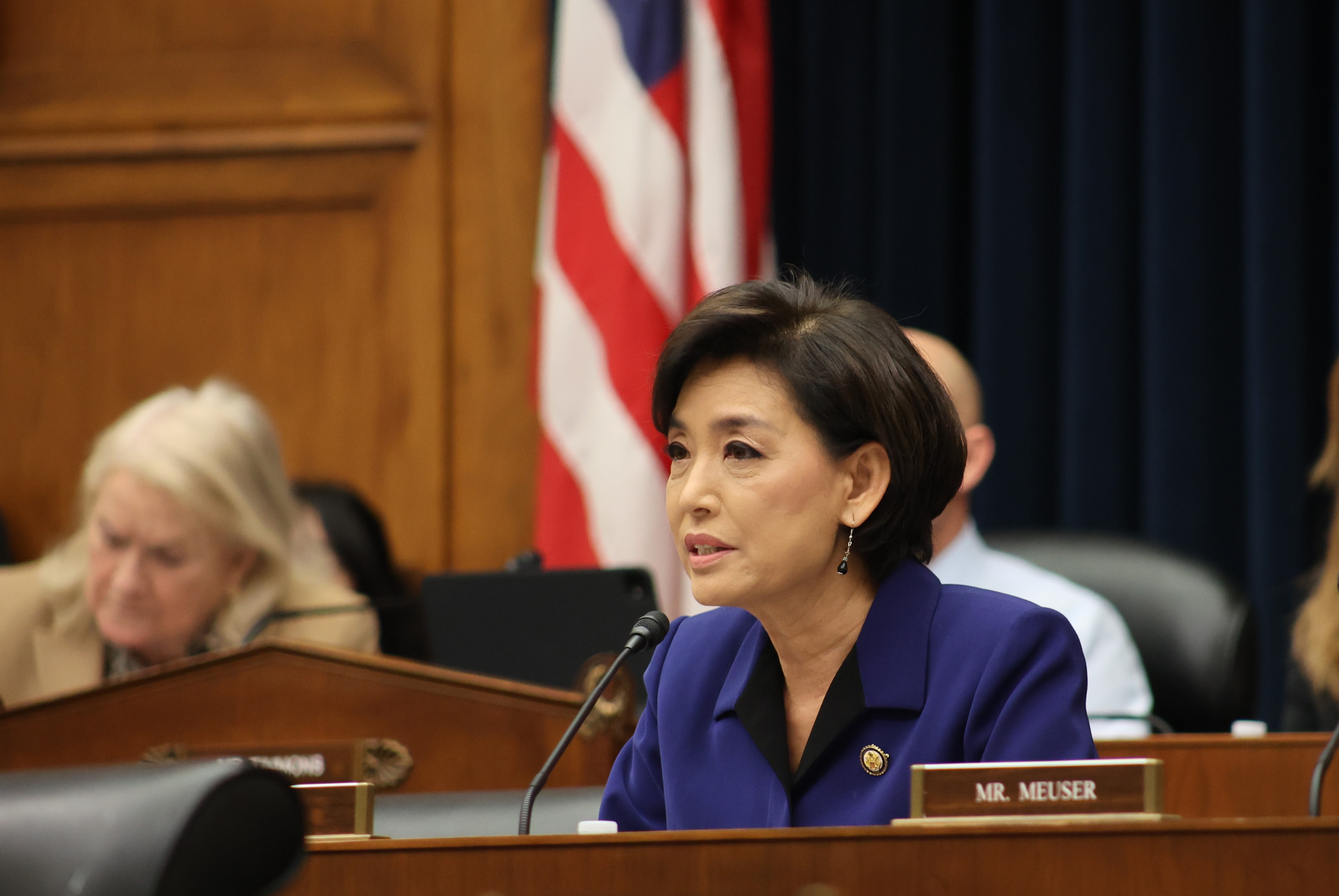BUENA PARK, Calif. — Governor Gavin Newsom is traveling the state to examine pressing issues across California from droughts and wildfires to the economy and rising crime.
When he visits Buena Park this week, expected Thursday, the Buena Park Police Department’s Chief of Police Corey Sianez plans to talk to him about a special regional approach to prevent homelessness and crime across North Orange County.
Sianez said the northern half of the county has served as a foil to the southern half.
What You Need To Know
- Police Chief Sianez launched the first North Orange County Public Safety Task Force to be a collaborative and holistic approach to deterring crime and ending homelessness
- Sianez wanted to pool police, mental health clinicians, homeless outreach and community violence prevention resources to tackle recurring problems
- This year, Sianez asked for four years of state funding but was only granted one year, approximately $7.8 million
- Sianez reached out to Rep. Young Kim, R-Placentia, for federal funding. She agreed to request funds for the task force and now awaits a decision from Congress
“South Orange County, beach area, much nicer in South County. So North County tends to be lower-income, gang area, the majority of the homeless are in North Orange County, where the city of Buena Park is located. So we got the North Orange County (police) chiefs together and we talked about, ‘What are the three major issues that you’re dealing with on a regular basis?’” Sianez said.
Those three issues revolve around homelessness, incarceration, more specifically the reentry of former prisoners into the community, and gang and youth violence. These recurring issues are why Sianez went to California State Senator Josh Newman to work on creating the first North Orange County Public Safety Task Force, four years ago.
Sianez wanted to pool police, mental health clinicians, homeless outreach and community violence prevention resources to tackle problems confronting the entire northern region. Sianez wanted to identify solutions and strategies to reduce and prevent violent crime in the community.
The state gave the task force a four-year grant of at least $20 million, according to Sianez. Sianez said the money has since helped steer hundreds of people away from criminal activity.
“You don’t know where they would have gotten had we not involved ourselves but you hope that it’s because of the efforts we made on the task force, and through our nonprofit organizations that (something) clicked and it made them go a different way versus down that path of being a criminal or being a drug addict or something like that,” Sianez said.
But over the last year, homeless deaths have jumped in Orange County, according to data from the OC Sheriff’s Department’s Coroner Division Annual Report of 2020.
The report showed in 2018, there were 211 homeless deaths. In 2019, 216 deaths, and in 2020, 337 deaths.
The report said: “Since 2016 the Coroner Division has seen an increase in requests for information regarding deaths of homeless people. Because not all deaths are reported to the Coroner, the following information is not the complete picture.”
Regardless, the data marked a revived critical need to address the issue.
This year, Sianez asked for another four years of state funding but was only granted one year, approximately $7.8 million. Now only one year is guaranteed which threatens the task force’s existing programs and its plans to expand them. It’s not clear why the state denied the other three years of funding but the task force said the state budget is only about 75% allocated at this time so they’re holding out hope that the task force may see more funding come their way in the next couple of months.
In order to expand and continue advancing the task force this upcoming year, Sianez reached out to Representative Young Kim, R-Placentia, to include their proposal on her “Community Funding Requests” list.
Kim agreed to add their request seeking $5 million through a form of spending known as “earmarks.” It’s a way for lawmakers to funnel money to projects and programs in their districts, apart from the normal appropriations process.
“It is critical,” Kim said. “After listening to them and having conversations, that we need to continue to fund these projects.”
The earmarking legislation process was once controversial citing fraud and abuse of the system but many members now say safeguards are put in place to prevent that. Kim now awaits Congress’ decision which comes later this summer.
“Nothing is hidden. Everything is open and transparent,” Kim said about her earmark requests. “These funds will be very helpful and I’ve seen it firsthand, on how to tackle the homelessness issue and this will also prevent the gang activities from growing and getting out of control.”
Apart from helping relieve food insecurities and homelessness, the task force works closely with non-profits like the Boys and Girls Club to help guide kids in the right direction.
Officers involved also make the effort to interact with children to show they’re there to help. Sianez said moving forward, he hopes to let law enforcement officers break away from the task force and replace them with more medical and psychological personnel to address mental health and counseling.
Sianez said there are too many people depending on them for the task force to slow down now.
“Put down the silos, shut down the politics, and let’s work together, I mean really work together in solving this problem, and that’s a difficult task,” Sianez added.
One unique project the task force worked on is its own census that gathered information from homeless individuals, in order to connect them with another new initiative from the task force which it’s calling a resource map.
The digital map would find free housing and shelters on a mobile app across all included cities. The task force has grown since 2016 from 6 to 10 cities; leaders are expanding to three more cities.




